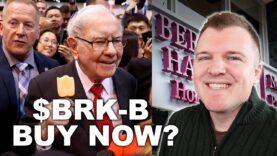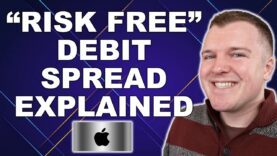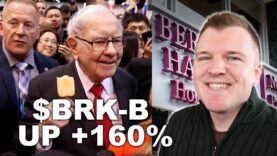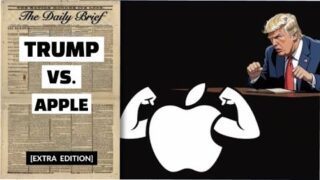“Risk Free” Debit Spread Explained – Example on $AAPL
Video Summary
Here is a summarized version of the article:
A trader, Jake, has a complex options position set up on Apple, featuring a “risk-free debit spread”. He buys three calls on Apple with a strike price of $150, at a cost of $5596, and then sells three calls against these at a strike price of $175, making a profit of $6042. The position is “risk-free” because Jake can exit the trade at a profit, minimizing potential losses. The calls purchased earlier have appreciated in value, and Jake can sell them for a profit. The sold calls, on the other hand, are “out of the money” and will expire worthless, allowing Jake to buy them back at a discount and make a profit. The trader expects Apple’s share price to fluctuate, potentially selling back the options at a profit. He has established a “break-even” price of $168.66, where the value of the calls will equal the initial investment. The position is designed to benefit if the share price stays above $175, allowing Jake to sell the contracts at a profit, or if it falls below $150, allowing him to exit at a loss.
























